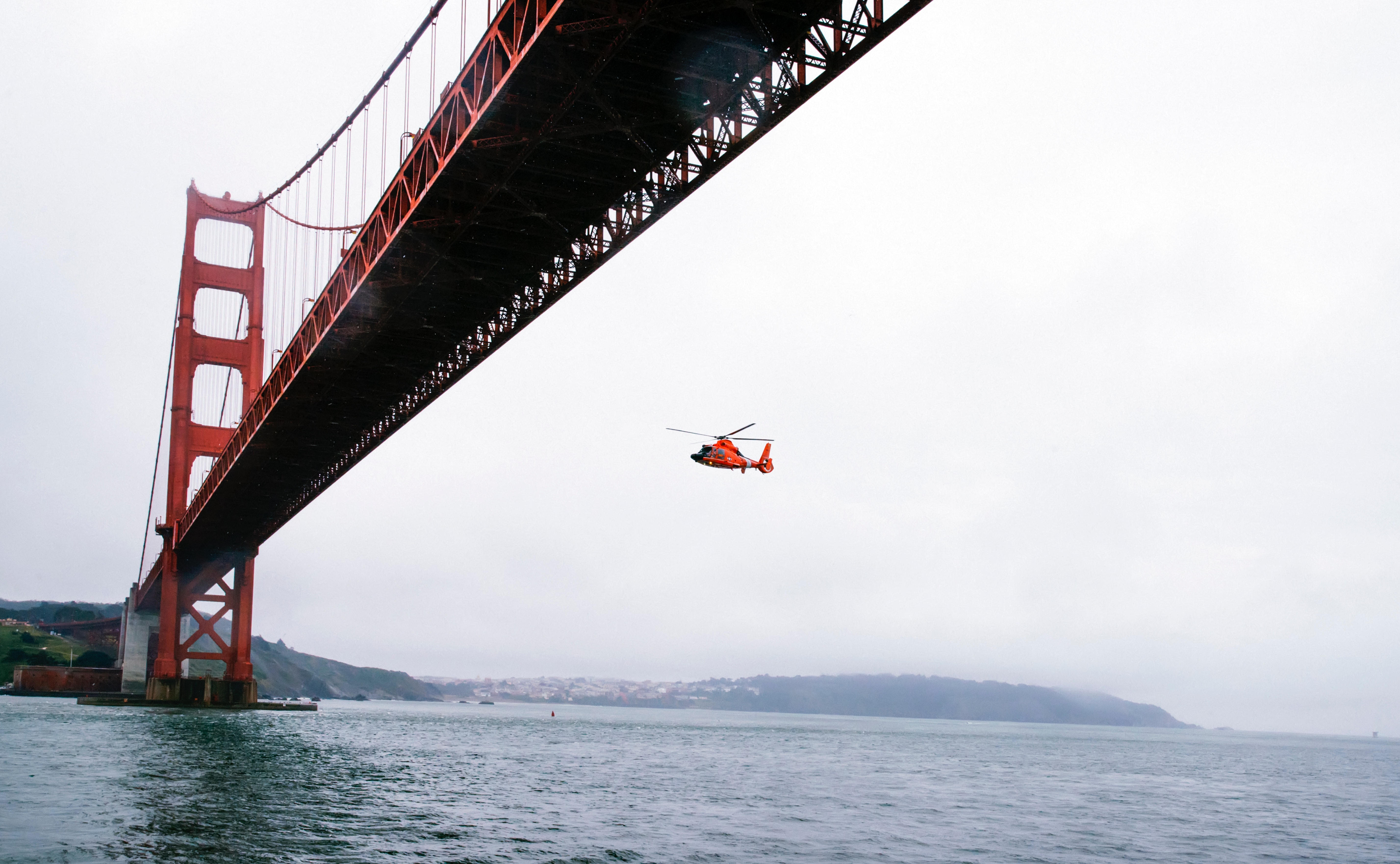
The future of aviation isn’t only concerned with expanding preexisting systems or venturing out to the stars, since a major movement is underway that could ultimately upend how we think of cities – that of urban air mobility, or UAM.
Urban air mobility aircraft have the potential to drastically alter city life long-term and could even play a role in reshaping some aspects of rural and suburban life, so it’s vital to have a solid grasp of what the technology and processes will look like in the coming years. Read on to learn about the changes on the horizon coming from urban air mobility.
Understanding Urban Air Mobility Aircraft
At its core, urban air mobility involves the use of small aircraft, whether piloted or heavily automated, to transport cargo and passengers at lower altitudes than standard flight paths. Due to the freedom of the air, traffic congestion can be avoided, making trips for passengers much speedier and cargo delivery more efficient.
While the modern concept of urban air mobility is relatively recent – having emerged in the 2010s – the desire for it stretches back to the earliest days of flight. In fact, when the Empire State Building was constructed in the 1930s, and blimp travel was more common, the skyscraper was designed so that its spire could serve as a docking station for airships. Due to windspeed, navigation, and docking issues, though, this plan proved impractical, but it highlights that intracity air travel has been on the public’s mind for some time.
Urban Air Mobility – Autonomous Helicopters, VTOLs, Drones, and More
When it comes to urban air mobility aircraft, many different vehicles and types of equipment have been promoted, considered, or are on their way to active use. Some of these include:
- Urban air mobility helicopters – Since helicopters are already regularly in use in many cities, making them a part of urban air mobility efforts would only require some modifications to approach and infrastructure. Traditional helicopters would certainly play a role, but so would the autonomous helicopters that are becoming more prevalent.
- Vertical-takeoff-and-landing aircraft (VTOL) – These aircraft are able to hover, take off, and land vertically without the need for a standard runway. There are various subsets of these vehicles, including electrically propelled, vertical-takeoff-and-landing aircraft, or eVTOL.
- Unmanned aerial vehicles (UAV) – Better known as drones, these aircraft are already currently employed within commercial and leisure applications, but their usage is likely to increase greatly in the future, and they will most likely fall under any regulations designed for urban air mobility.
Many of these systems would utilize existing helipads in the short term until more helipads are created and put into use. Doing so is relatively simple, however, especially when compared to creating more airport runways, which necessitate extensive funds, space, and time for construction. Air Traffic Control services would also need to be expanded to accommodate an influx of lower-altitude flights.
Beyond Urban Air Mobility
A couple of related and relevant terms connected to urban air mobility include advanced air mobility (AAM) and unmanned aircraft system traffic management (UTM).
- Advanced air mobility – This term applies to utilizing lower-altitude flights beyond simply an urban setting, which can include travel between cities for passengers or for the delivery of goods and services. Personal flying vehicles would also fall under this category, as would autonomous drones delivering cargo.
- Unmanned aircraft system traffic management – Both the FAA and NASA are working toward developing and refining this safety system, an offshoot of traditional air traffic control. For this, a more automated system is planned compared to the human-centric air traffic control, and one which will factor in congestion, weather, terrain, and much more.
A Bold New World with Autonomous Helicopters
As urban air mobility helicopters and other modes of aerial transportation become more widespread, we at Cutting Dynamics look forward to the challenges and rewards they will bring, and we’re excited to supply our top-tier services in the future.
Our services include:
- Assembly
- Blanking
- Engineering
- FEA
- Forming
- Heat treating
- Hot forming of titanium
- Hydroforming
- Kitting
- Packaging
- Plating
- Thermoplastic composites
As urban air mobility develops and expands, we’re ready to take part! Contact our team today if you have any questions about all we can provide.